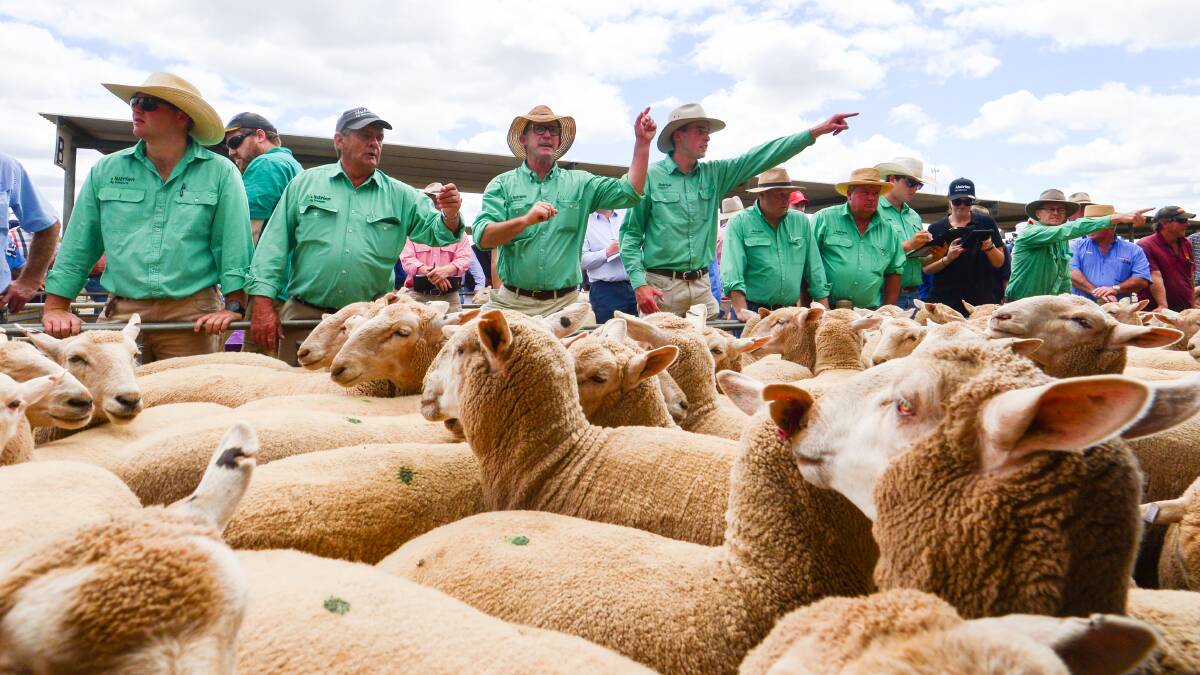
Lamb slaughter levels have received a boost over the last few weeks as strong throughput hits the market.
Subscribe now for unlimited access to all our agricultural news
across the nation
or signup to continue reading
The higher slaughter rates were anticipated in advance, thanks to many lambs that would have typically hit the market in January and February held back to let the peaks of the Omicron COVID-19 variant subside.
As of close of trade on Monday, restocker lamb took a dip by 41c from a week ago to 843c/kg, down 115c from a year ago.
Light lamb picked up 13c to reach 797c and trade lamb was up 5c to 810c.
Heavy lamb fell by 8c to 789c and Merino lamb was down 7c to 726c.
Mutton however rose 18c to crack the 600c mark, still 35c down on year ago levels.
With 50 per cent of lamb processing occurring in Victoria, lamb processing plants remain unaffected by the recent weather events elsewhere in the country.
Meat & Livestock Australia market information manager Stephen Bignell said younger lambs trading at a discount were making up a third of the restocker lamb indicator at present, driving it downwards.
"Victoria has fallen but it's got 6000 head and it's trading at 842c, so it's trading a discount but it's actually up, whereas if you look at NSW, that is trading at a premium... but it has had the biggest decline in numbers," he said.
"NSW is trading at 867c, which is still a 25c premium, but it has fallen the most [out of the states]," he said.
MORE READING:
Mr Bignell said with mixed enterprises starting to gear up towards cropping, that was also having an impact on prices.
"Also there's the price for heavy lambs... because we've had more lambs being slaughtered and the backlog, people are looking at what they can buy restocker and sell it into the heavy lamb market, that's having a slight impact."
With the seasonal Easter lull approaching, lamb turn-off is expected to remain elevated as the large 2021 lamb cohort continues to flow onto the market.
Thomas Elder Markets analyst Matt Dalgliesh said while sheep slaughter had been a bit lower than the five year trend, that was reflective of being in the middle of a strong rebuild phase.
"Lamb slaughter is pretty much back on track in terms of the five year averages the last few weeks, it looks like we've finally got past the COVID-19 workforce issues in the southern abattoirs that we saw in January," he said.
"That's also a few more lambs to be presented so last week we saw some price pressure on lambs, this week it hasn't been so much so far.
"This could be the last little rush of these later season lambs before we start to head into winter."
Start the day with all the big news in agriculture! Sign up below to receive our daily Farmonline newsletter.


